I'm old enough to be familiar with Andrew Sullivan's shtick. He's a conservative Catholic white gay man who espouses biological determinism (not just in terms of gender but also race, lest we forget that he chose to serialize Charles Murray’s and Richard J. Herrnstein’s The Bell Curve at The New Republic) and champions the equality politics of assimilation into society. He was an early advocate for gay marriage because he believed that it would be a “civilizing” force on gay male culture.
Keep up with the latest in LGBTQ+ news and politics. Sign up for The Advocate's email newsletter.
But even I was not prepared for the gobsmacking monstrosity of Sullivan’s latest opinion piece in The New York Times. Cue the Winona Ryder looking confused meme. And then I got furious, both because of the authority he exacts as a respected gay spokesperson in the mainstream, and also because he is bestowed this authority by endorsing the worst kind of politics that is the antithesis of the politics we need for our collective liberation and care.
In “How the Gay Rights Movement Radicalized, and Lost Its Way” (appearing in the Sunday print issue under the less inflammatory headline,“Gay People Won. So Why Does It Feel As if We’re Losing?”), Sullivan argues that the gay rights movement should focus on fortifying civil rights won and “winding down as a movement that had achieved its core objectives.”
We have same-sex marriage and protection from employment discrimination, he claims, per Title VII of the 1964 Civil Rights Amendment (shockingly, without mention of the Supreme Court’s recent Ames verdict, which declared that all people are a “protected class,” undermining the law’s intent). “Almost all [of our rights] had already been won,” he asserts, and “trans people are already on the bus” because of Title VII. What more could we possibly want?
That those of us in the LGBTQ+ community aren’t content with these gains is ungracious, in Sullivan’s eyes. Even worse is our willful “liberal shift to the ‘social justice’ left.” And if the scare quotes fail to scare you, Sullivan emphasizes that this social justice agenda includes “a new and radical gender revolution,” consisting of the eradication of the gender binary and, in his absolutely batshit estimation, the end of homosexuality by forcing children to transition.
Should we be surprised by Sullivan’s take? No. We know that assimilation is not liberation. We know that gay marriage has not prevented gender-based discrimination and violence and that its glorified 1,138 rights and benefits mostly serve wealthy home-owning parents and not most of the LGBTQ+ community — one in five of whom are living in poverty. Gay marriage, furthermore, hasn’t stopped queer folks from being abducted by ICE agents and deported. We know, as Audre Lorde told us, that none of us live single-issue lives (meaning, in this context, that not all LGBTQ+ people are upper-middle-class cisgender white men living in the protective gay mecca of Provincetown). And we know, as bell hooks told us, that none of us are “equals in the white supremacist, capitalist, patriarchal class structure,” and that equality-mindset gays crave just enough change for their societal inclusion and benefit but perceive any more capacious social justice effort as a threat to their newfound acceptance and status in the social order. As I argued in Breaking Free and elsewhere, the equality so deeply cherished by Sullivan and his ilk of Mattachine Society-revering assimilationist gays isn’t getting the job done. Equality will not free us.
Sullivan’s conservatism has long been his selling point to the dominant culture — his tired and tiresome points of view even debated by Sarah Schulman in a 1999 interview for this very publication. In addition to asserting that biology is a God-given, irrefutable fact (and, thus, life begins at conception, and Roe v. Wade should be overturned), he believes that “Stonewall was the downfall of the gay movement” and that “the gay movement was hijacked in the seventies” by activists.
The interview, reprinted in Conversations With Sarah Schulman and edited by Will Brantley, demonstrates how Sullivan’s latest take— his disgust with progressives, his fear of new language, his refusal to see how he functions as a foot soldier for the status quo, his politics of respectability, and his desire for assimilation at all costs — is not his newest or, frankly, his sharpest. Here’s a snippet from the interview, in which he disagrees with Schulman that gay marriage is a safe and acceptable alternative to the revolutionary politics posed by ACT UP:
Sarah Schulman: “I think that position [of gay marriage] is more palatable than a defense of a community-based culture and a rejection of privatized family units on a reproductive model. … You say they [those comprising the dominant culture] reject our wanting to enter society on their own terms. But I say no, the more we resemble their ideas of how we should behave —
Andrew Sullivan: It’s a human model. It is not a heterosexual monopoly. To define ourselves by where we’ve been instead of where we’re going is demeaning. I’m not out there to win a popularity contest. Even if you despise everything I’ve ever written, you can’t say I’ve sought out popularity.
SS: I think you’re not a leader who has emerged from the community; I think you’ve been selected by the dominant group.
AS: I haven’t been selected by anybody. All I’ve done is write and think and go out there.
SS: But other people do that too, and they don’t have the same access. You know that, right?
AS: I don’t know that. I think anybody can have access. I didn’t come with any particular privilege. I don’t understand what that means. Anybody who can speak and write coherently can have access, period.
You keep referring to extreme leftist as the community. They represent a tiny fraction of gay people in this country. We know from exit polls that 33 percent of gay people voted Republican in 1998. Are they not the community? Where do they come from? They are the people being marginalized by the old gay elites who want to keep their power.
SS: What power?
AS: The power to define who is gay or not.
SS: All those people did was give their lives to building a movement that made it possible for people like you to come out.
AS: Nonsense. I came out because I came out.
SS: No, a social context was created in which you could come out.
I am choosing to critically engage with Sullivan’s ahistorical, factually inaccurate, and illogical nonsense, full of sweeping generalizations and ineffective rhetoric, because such conservative perspectives continue to be cited widely by both policymakers and Supreme Court justices to validate systemic discrimination against queer and trans people — just two weeks ago, Supreme Court Justice Clarence Thomas cited The New York Times’ anti-trans articles seven times in the ruling in U.S. v. Skrmetti, allowing states to ban gender-affirming care for youth.
My goal is to break down the logic of Sullivan’s article so to equip us with the language and tools to not only call bullshit on this trash but to effectively counter and negate the credibility of all likeminded arguments.
The strategy of decontextualization: Context is essential for accuracy in meaning and interpretation, and it is Sullivan’s kryptonite. Decontextualization, therefore, abets the inductive reasoning that he relies upon to demonstrate how the movement — here, represented by the social sector — has abandoned its original purpose of shoring up civil rights for LGBTQ+ people to promote “radical gender revolution.” He isolates data from the Indiana University Lilly Family School of Philanthropy showing an increase of philanthropic funding to LGBTQ+ organizations from the larger context of the well-documented rapid growth of the nonprofit industrial complex as proof that the movement has been incentivized to “dissolve natural distinctions between men and women” and “to redefine homosexuality.”
Yet the Lilly Family School also published a study showing that LGBTQ+ organizations receive less than 1 percent of all charitable giving. But this information — this crucial context — undermines his point. So, he ignored it, which is how confirmation bias works.
Similarly, he uses the strategy of decontextualization to argue that people “in authority,” such as parents, teachers, and doctors, are pushing children to transition. His example is from personal experience: At the age of 10, in 1973, a schoolmate noticed he wasn’t interested in playing sports and so asked, “Are you sure you’re really not a girl?” Clearly, taken in the historical context of 1973, we can understand that 10-year-old kids would most likely surmise homosexuality from a lack of conformity to gender norms, especially since gender is material and thus visible in ways that sexuality is not. This understanding — that the dominant heteronormative culture equates gender nonconformity with homosexuality — is well known, hence the abundance of stereotypes about gays and lesbians commonly understood by gays and straights alike.
Rather than situating his experience in time, Sullivan weaponizes it to intimate that today’s youth are vulnerable to authority figures who, in his mind, are hellbent on prescribing gender-affirming care to eradicate homosexuality — a kind of paranoia on par with the “where have all the butches gone?” complaint of yesteryear. “I wonder how I might have responded [to the question] if someone in authority — a parent or a teacher or a doctor — had suggested that my difference and occasional anxiety was because I was, in fact, a girl.” He concludes: “This is why sex-change surgeries are permitted and even subsidized in Iran: It’s a way to rid the country of gay people.”
(Andrew, just fyi: Trans people can be raging homosexuals too!)
He then proceeds to recycle the same factually inaccurate statements about gender-affirming care and trans youth that the Times is notorious for — you know, the malicious anti-trans arguments, debunked again and again, that are not-so-subtly presented in the form of a series of rhetorical questions (How do children know? How are they sure? “And who exactly is looking out for these kids?”) to feign sincere concern for young people. Also, wake me up when one of these trans bigots takes issue with all the cisgender teens getting cosmetic surgery. Who among them, for example, is taking on the “culture war” of cisgender male teens’ gender-affirming care, considering that a 2024 study by the Harvard T. H. Chan School of Public Health indicated that 97 percent of breast-reduction surgeries are performed on cisgender male teens? Where is the public outcry? Where is Pamela Paul?!
This rhetorical stylization represents a form of appealing to the majority; it is the strategy of the bandwagon effect. Appealing to the majority is the implicit contract threaded throughout Sullivan’s work. “The dominant culture needed gay people who would pathologize their own,” Schulman explained in The Gentrification of the Mind, and Sullivan has been, for a few decades now, their Chosen Gay. “Mr. Sullivan does not understand that he is being elevated by a structure of domination,” Schulman reflected on their 1999 interview, and “he sees no relationship between the content of his argument and the reward of success.” In this case, being given a prestigious two-page spread in “the newspaper of record” to defend the dominant culture.
Stylistically, this strategy appears most pervasively in the language of “us” (to refer to both normative straight and gay people) and “them” (“They needed a new banner for that”; “So what did the gender revolutionaries go and do? They focused almost entirely on children and minors”). It also manifests in the use of scare quotes (e.g., “gender identity,” “social justice,” “birthing parent”) to connote an insider agreement between Sullivan and the traditional Times reader — as in, Don’t worry, straight people, this gay agrees with you! They ARE weird! — that these terms are dubious, even fantastical, and evidence of the “madness” of the “new regime.” The point is to create moral distance between politically respectable gays like Sullivan and the mad, gender theorists and queer revolutionaries of the radical far left.
A third strategy is that of inundating readers with a cyclone of logical fallacies. The intention is to produce confusion, in this case, with the litany of Sullivan’s complaints and irrational assertions and, therefore, tacit agreement with them.
However, the effect of Sullivan’s strategy is an amazing level of absurdity. For example, he claims the new queer regime is going after “your children,” but he’s actually the one going after “your children” by attacking trans youth and their families. He frets about “the ancient blood libel” (welp, yes, he went there) of gays grooming and abusing kids, but he is worried that trans girls on puberty blockers will never get to experience orgasm (as if orgasms are the only or ultimate forms of sexual pleasure).
Like, excuse me, sir, why are you thinking about kids having orgasms? What in the actual patriarchal and revolting fuck am I reading?
Invoking the ol’ paranoid gay fear — rooted in the zero-sum thinking that characterizes what I call the equality mindset — that inclusion equals erasure, he writes, “The words ‘gay’ and ‘lesbian’ all but disappeared. LGBT became LGBTQ, then LGBTQ+, and more letters and characters kept being added.” I’m sorry, don’t the “L” and “G” in all these acronyms refer to “lesbian” and “gay”? Wait a minute, am I here? Who is writing this thing?
This ridiculous argument is akin to that championed by bigoted cisgender women (who self-describe as feminist) who believe that trans women living their lives erases their own womanhood. Listen, if you believe a trans woman waking up and making herself coffee and proceeding with her day jeopardizes your sense of womanhood, I suggest you undergo some serious self-reflection and maybe some therapy.
The same equality mindset rears its ugly head in his complaint about the Progress Pride Flag. Through a twisted logical leap, Sullivan claims that adding more colors to the flag to represent the greater diversity of our community “demarcates … a place where anyone who does not subscribe to intersectional left ideology is unwelcome.” Inclusion is only tantamount to exclusion if you believe that the expanse of our collective dignity and freedom is finite — say, a pie, or an equation — rather than infinite.
Finally, let me address the bugbear of biology, the anchor to which Sullivan hooks most of his assertions. “My sexual orientation is based on a biological distinction between men and women: I’m attracted to the former and not the latter,” he asserts, adding, “And now I’m supposed to believe the difference doesn’t exist?” First, here he employs the same false equivalence between gender and sexuality that he conveniently disregards in his example about being an unathletic 10-year-old boy. Second, he equates biology with anatomy to explain his physical attraction. But, I must ask, what is this “biological distinction”? It’s a slippery slope to claim that penises are just chromosomes by another name.
The gender binary is essential to conservative ideology as well as to a traditional equality politics that seeks inclusion within the same supremacist institutions that, by their design, demand our oppression to function. He mocks those of us who know that the gender binary is a modern invention. It's an imposition of Western Christian colonizers onto indigenous and tribal people around the world. For example, prior to the colonization of the North American continent, more than 150 tribes possessed cultural beliefs of gender in terms of multiplicity, not duality. We also know, as biologist Anne Fausto-Sterling, among other scientific scholars have proven, that the gender binary is a grossly inadequate model to understand the spectrum of sexed bodies.
But again, Sullivan is quick to disregard factually and historically correct knowledge when they don’t suit his purpose.
My analysis of Sullivan’s article is far from comprehensive. I mean, how do we even begin to unpack his obsession with Chase Strangio? The takeaway is that Sullivan’s argument is unremarkable. Like other bigoted, transphobic opinion pieces, it is built upon several strategies and rhetorical maneuvers that, once examined, reveal the fault lines and failures of its logic.
To put this otherwise: Bigotry is illogical. We will win. Long live the new queer regime!
Marcie Bianco is a writer, editor, cultural critic, and author of Breaking Free: The Lie of Equality and the Feminist Fight for Freedom.
Voices is dedicated to featuring a wide range of inspiring personal stories and impactful opinions from the LGBTQ+ community and its allies. Visit Advocate.com/submit to learn more about submission guidelines. Views expressed in Voices stories are those of the guest writers, columnists, and editors, and do not directly represent the views of The Advocate or our parent company, equalpride.




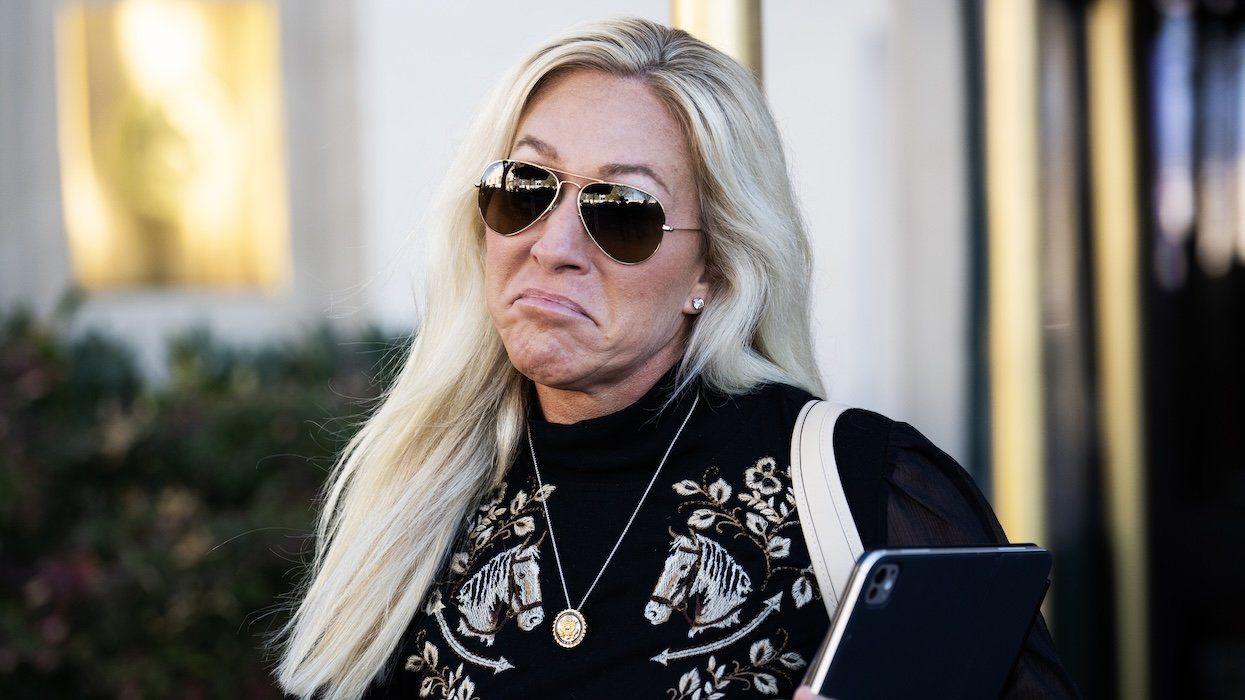



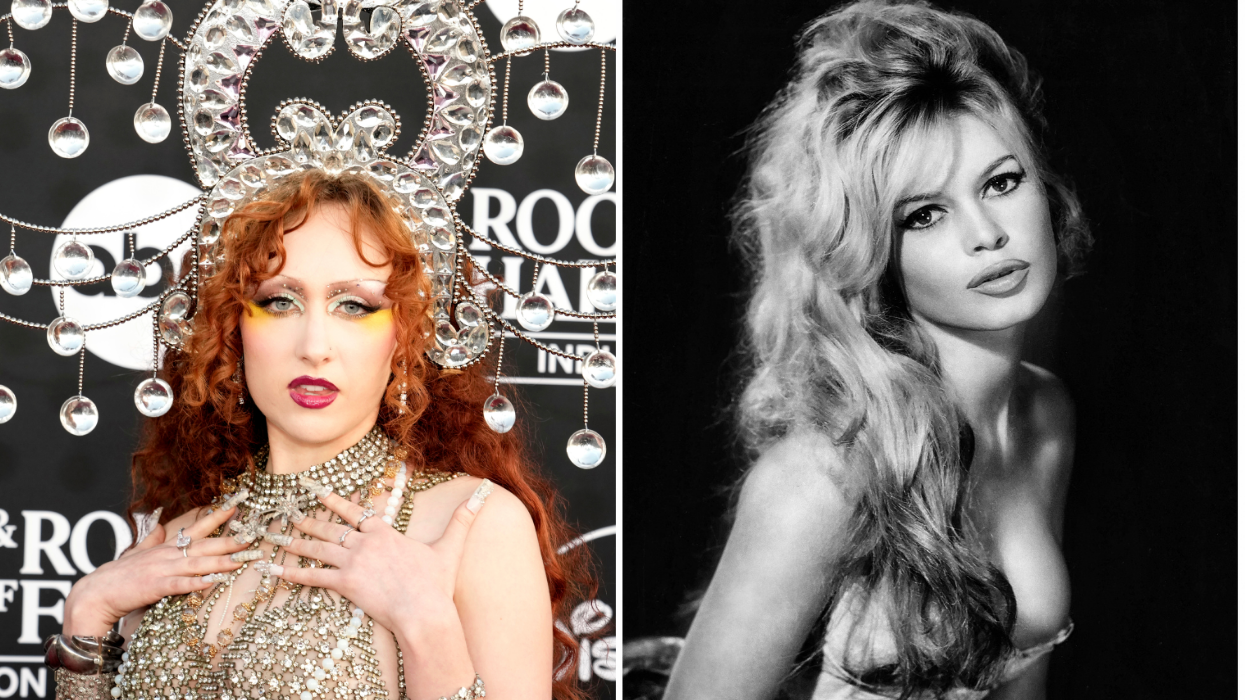

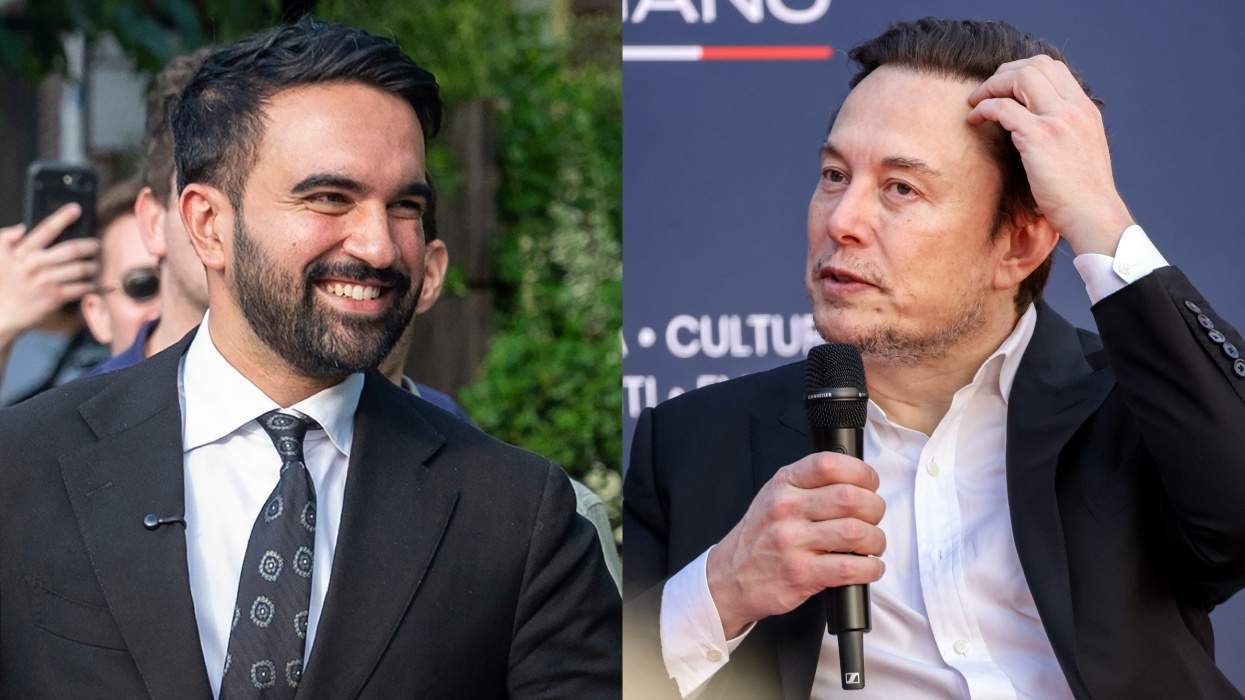


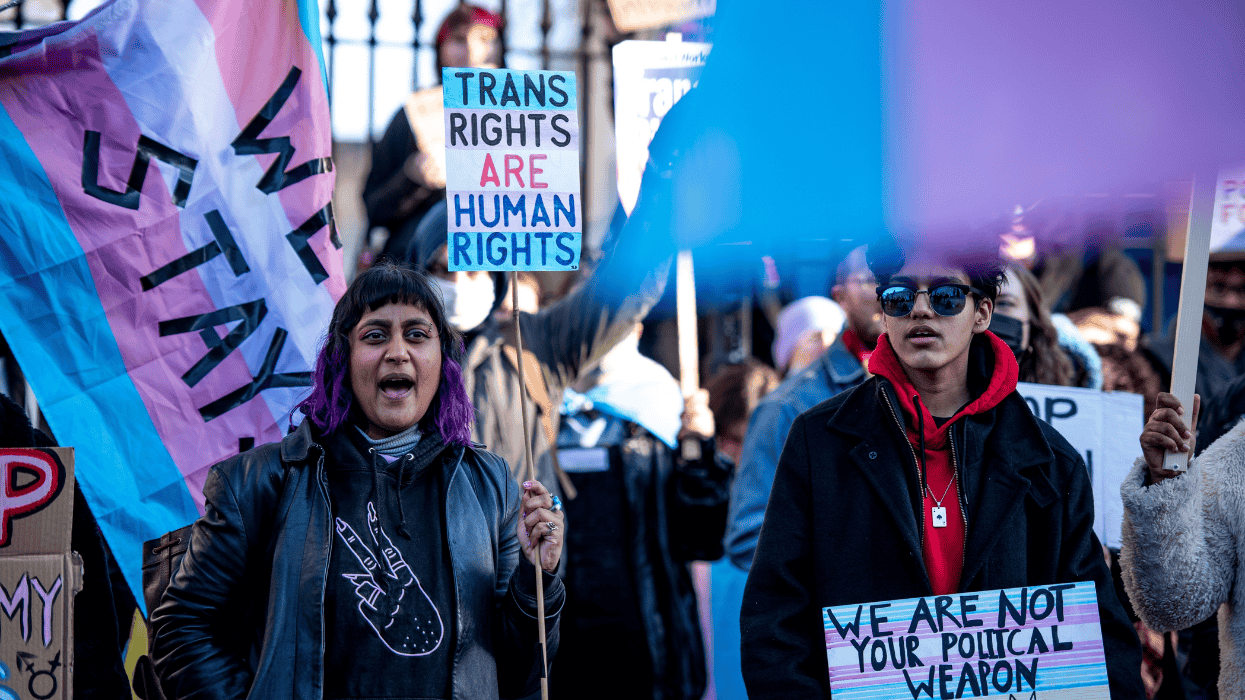
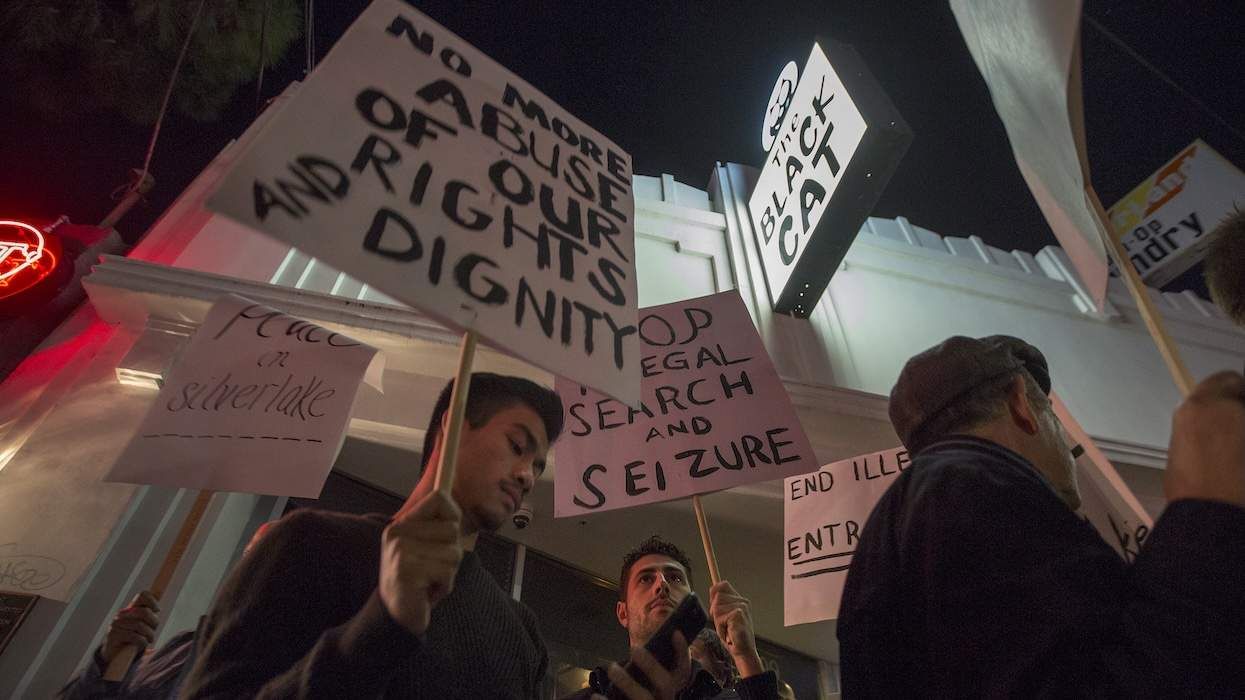

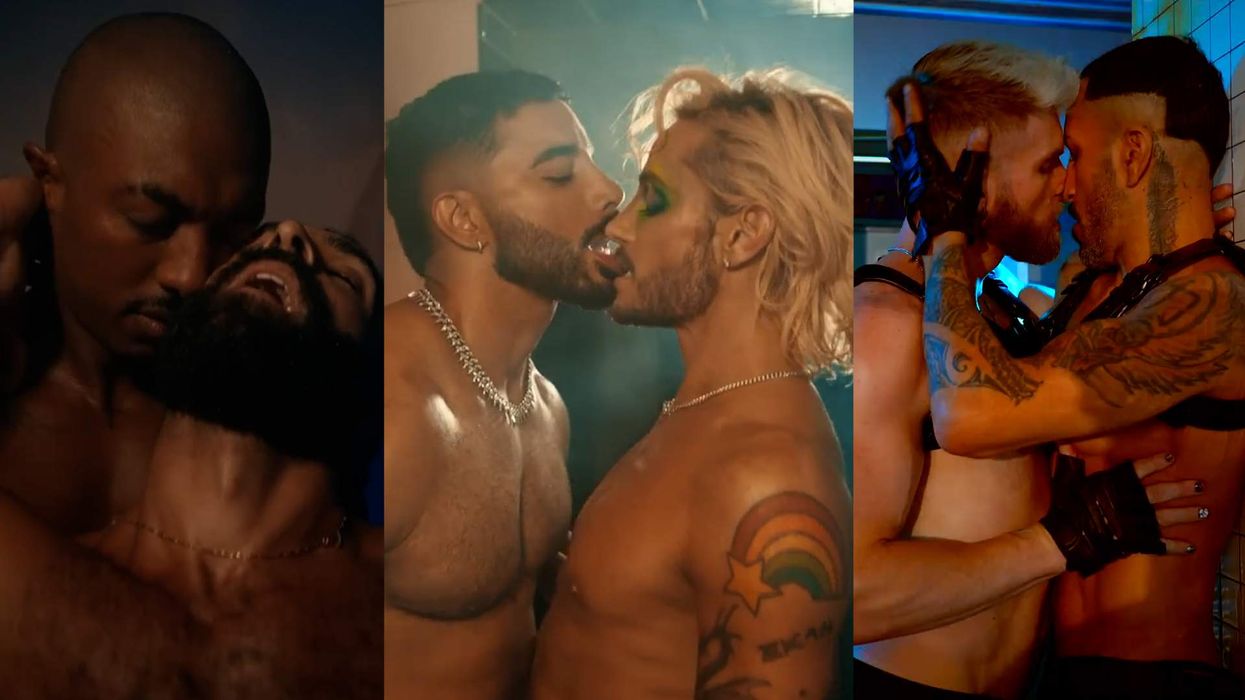
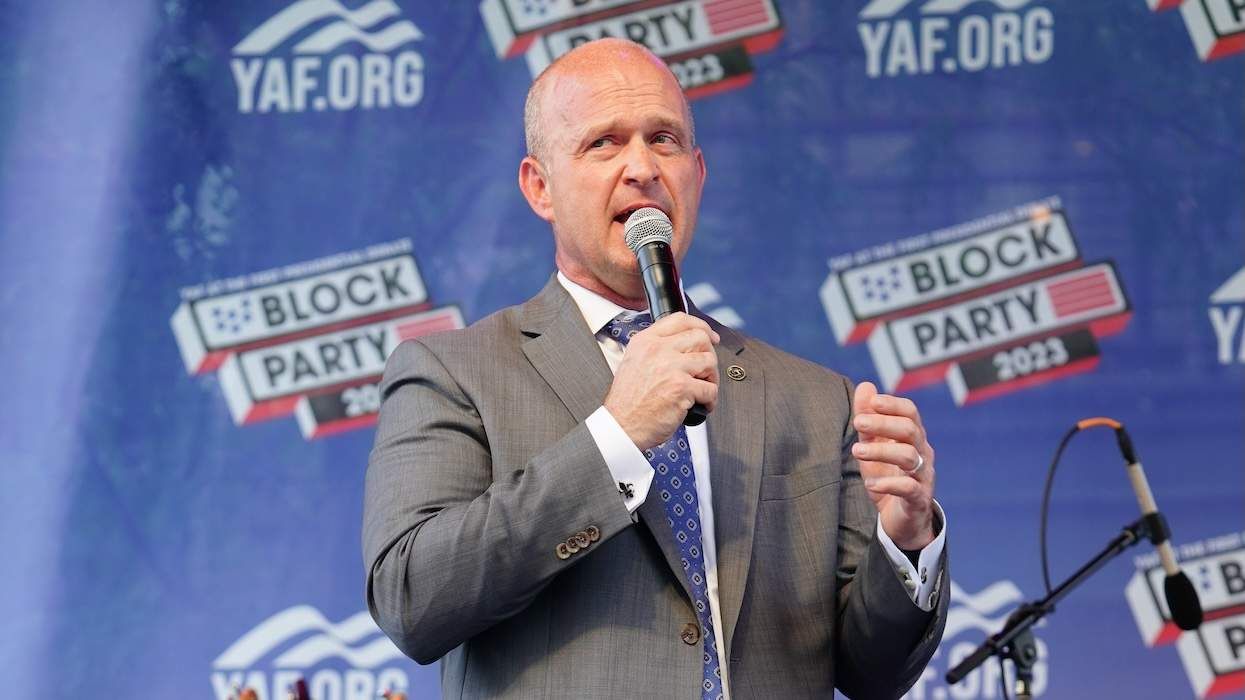






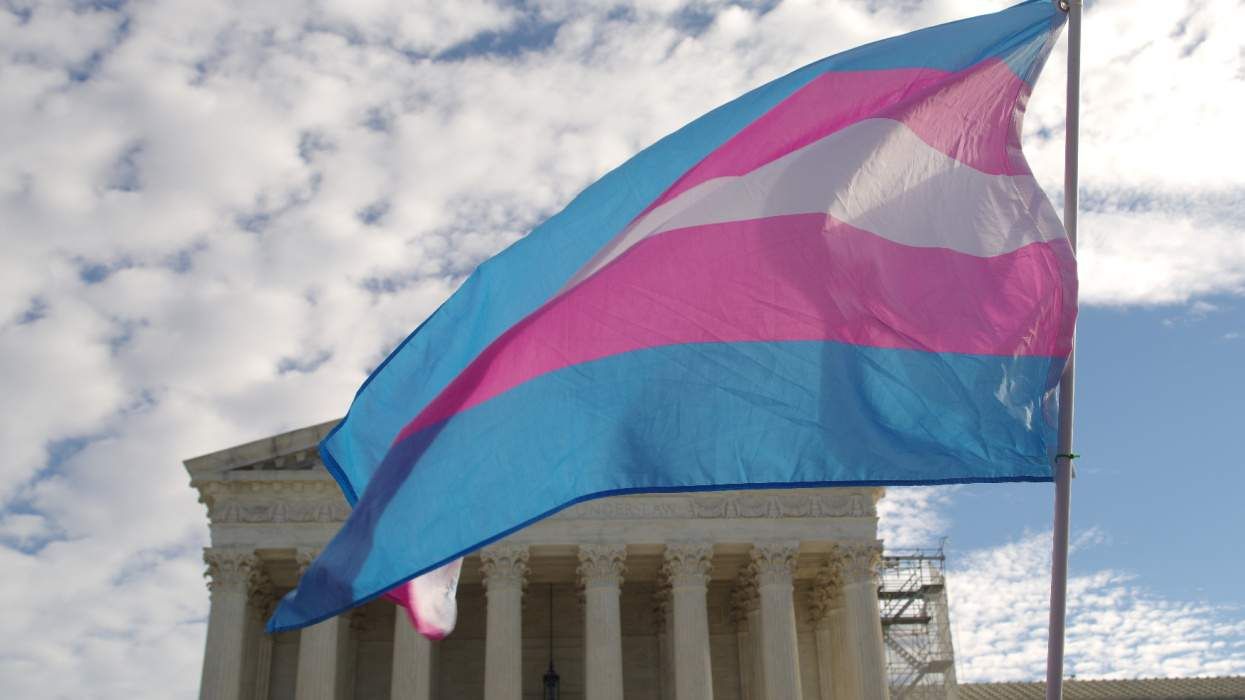
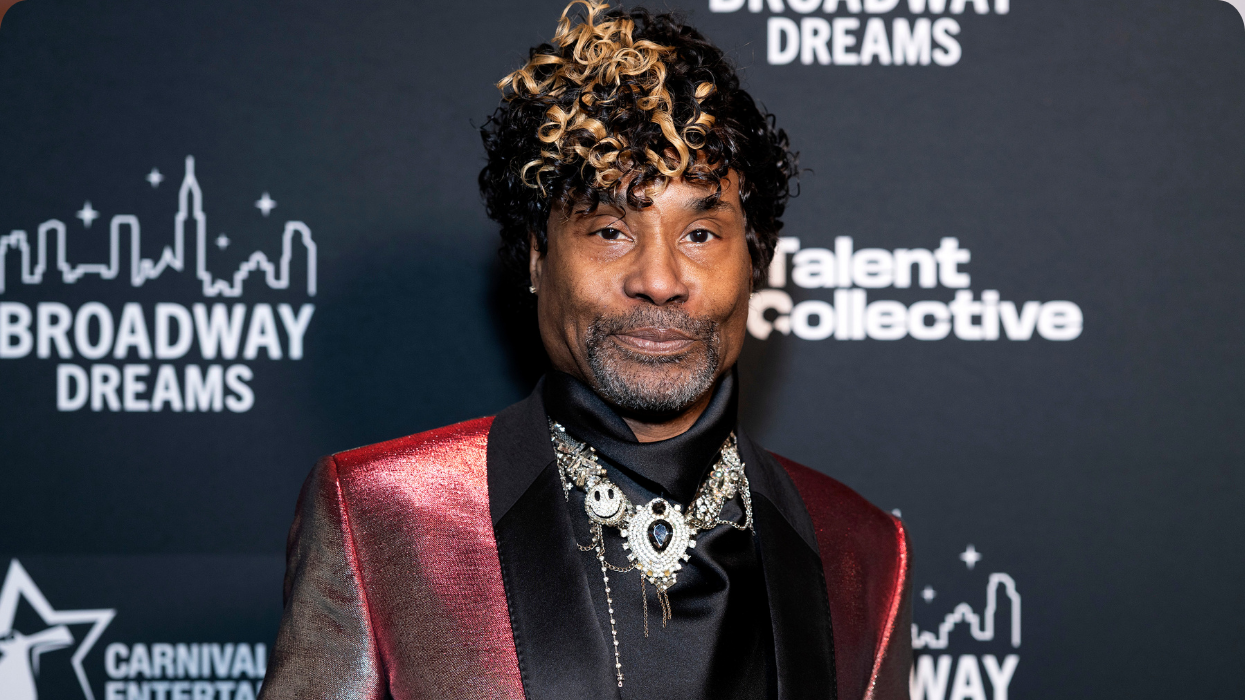


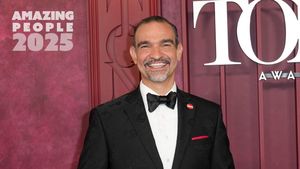











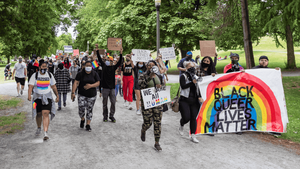







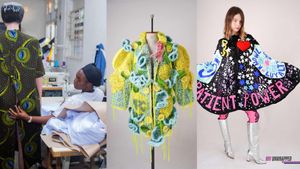

















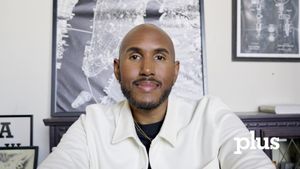

Charlie Kirk DID say stoning gay people was the 'perfect law' — and these other heinous quotes